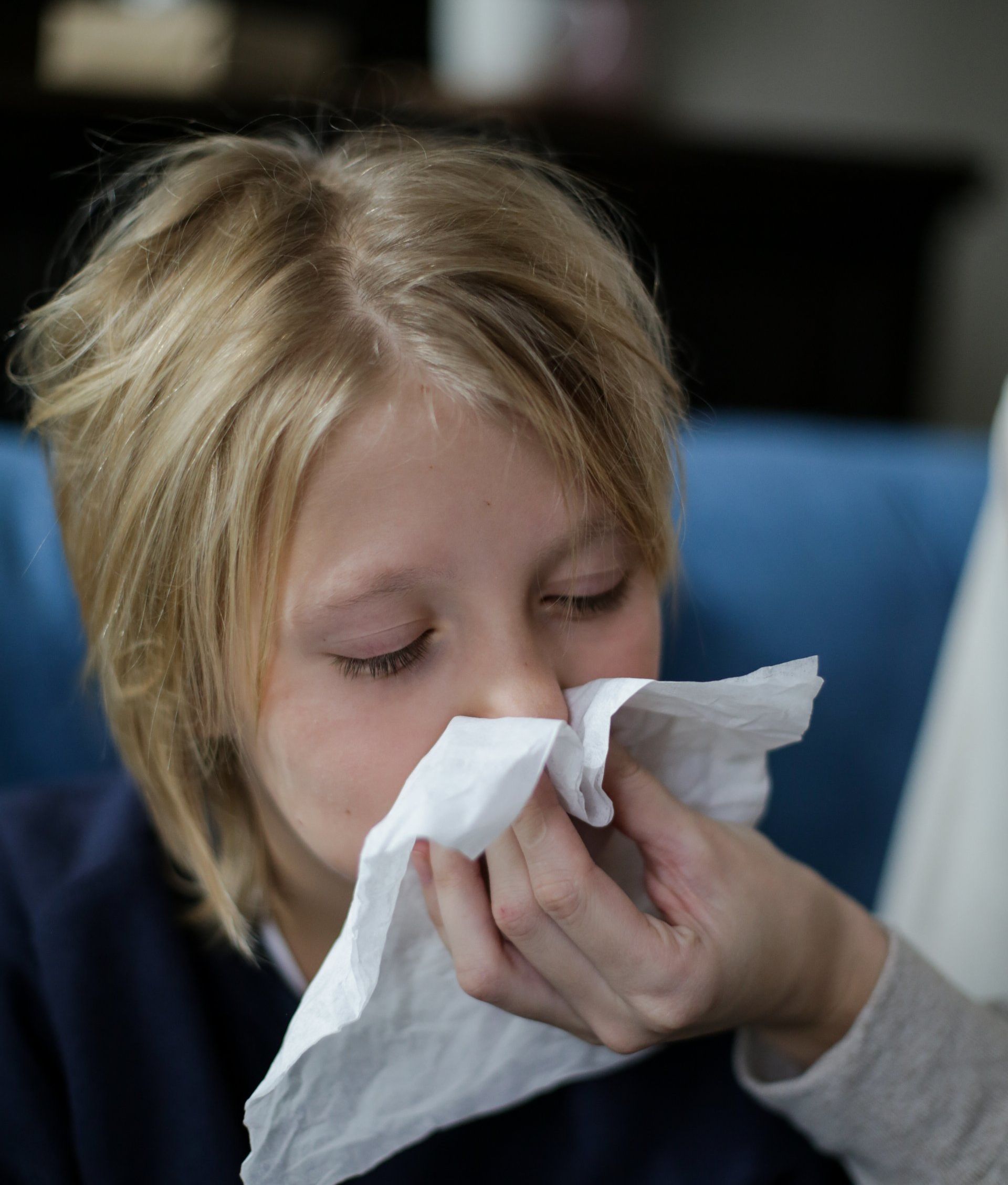MOLD ALLERGY
Home > Mold Allergy

What is mold?
There are thousands of types of molds and yeasts in the fungus family. Yeasts are single cells that divide to form clusters. Molds are made of many cells that grow as branching threads called hyphae. Although both can probably cause allergic reactions, only a small number of molds are widely recognized offenders.
The seeds or reproductive pieces of fungi are called spores. Spores differ in size, shape, and color among types of mold. Each spore that germinates can give rise to new mold growth, which in turn can produce millions of spores.
What is mold allergy?
When inhaled, tiny fungal spores, or sometimes pieces of fungi, may cause allergic rhinitis. Because they are so small, mold spores also can reach the lungs.
In a small number of people, symptoms of mold allergy may be brought on or worsened by eating certain foods such as cheeses processed with fungi. Occasionally, mushrooms, dried fruits, and foods containing yeast, soy sauce, or vinegar will produce allergy symptoms.
Courtesy: National Institute of Allergy and Infectious Diseases

